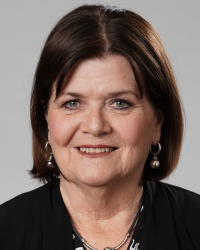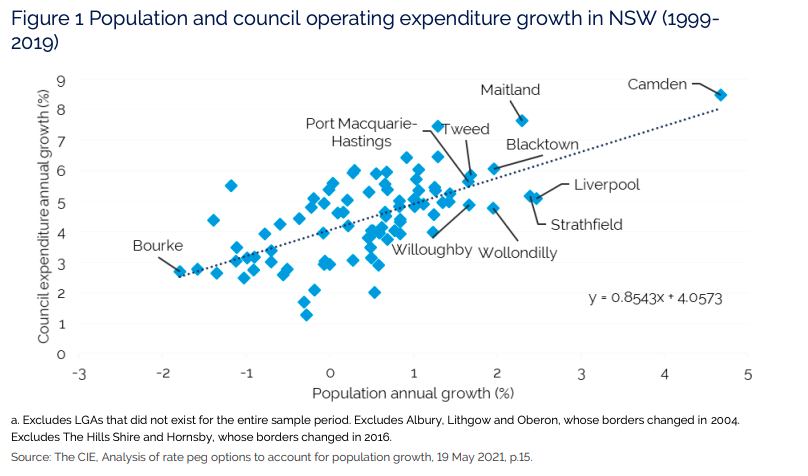The NSW government has accepted IPART’s recommended rate peg methodology which takes population growth into account.

A population growth factor based on ABS data will now be added to the overall annual rate peg for local councils based on their increase in residents from next July, ensuring the maintain per capita general income over time.
Traditionally, this hasn’t occurred, leaving rapidly growing councils with an imbalance between demand for services and revenue to deliver them.
The price regulator recommended tying rates to population growth following its review of the rate pegging system earlier this year and its final report detailing the methodology and including estimated additional incomes for individual councils was released last week.
It shows that fast growing metropolitan and metropolitan fringe councils will the big winners under the news system, with City of Sydney standing to gain $86 million over four years; Parramatta $24.5 million; Canterbury-Bankstown $12.8 million and Liverpool and the Hills Shire Councils both reaping more than $10 million.
Landmark reform
Local government minister Shelley Hancock says it will result in more than $250 million of revenue for councils in growth areas, describing it as the most significant reform to council rates in decades.
“The NSW Government is aligning rating income with population growth to ease growing pains for councils and communities while still protecting residents from dramatic rate rises through the rate pegging system,” she said in a statement.
“This will result in much-needed additional revenue for fast-growing local government areas, meaning better services and infrastructure.”
IPART estimates that this population growth factor would have generated an additional $287 million in rates revenue for local governments in NSW over the past four years, or up to $86 million in extra income for individual councils.
“We found the benefit to councils would increase and compound over time,” the pricing regulator says.
LGNSW has previously said linking rates to population doesn’t go far enough and wants to see rate pegging scrapped all together.

‘No council will be worse off’
The methodology will apply to all councils, and those with negative growth will have a population factor of zero and will receive a rate peg determined in the same way that it currently is.
If a council recovers more revenue via supplementary valuations than is need to maintain per capita general income, the population factor will also be zero.
This meant no council would receive less income under the new rate peg arrangements, including local councils with slow or declining population growth, Ms Hancock said.
IPART says it will review the methodology in five years.
A NSW Productity Commission report released last year also recommended tying local government rates to population growth.





No council worse off? Well explain the wonderful amalgamation outcome at Georges River with a 30% rate increase and more unwanted urban consolidation being subsided by existing rate payers!?
Looks like existing residents get to pay for the bullets to shoot down any remaining resistance to dwindling amenity!
OLG – proudly sponsored by UDI and the Property Council of NSW?
Well said, the same for former residents of Auburn Council after amalgamation into Cumberland they’ve been slugged with substantial rate increases.